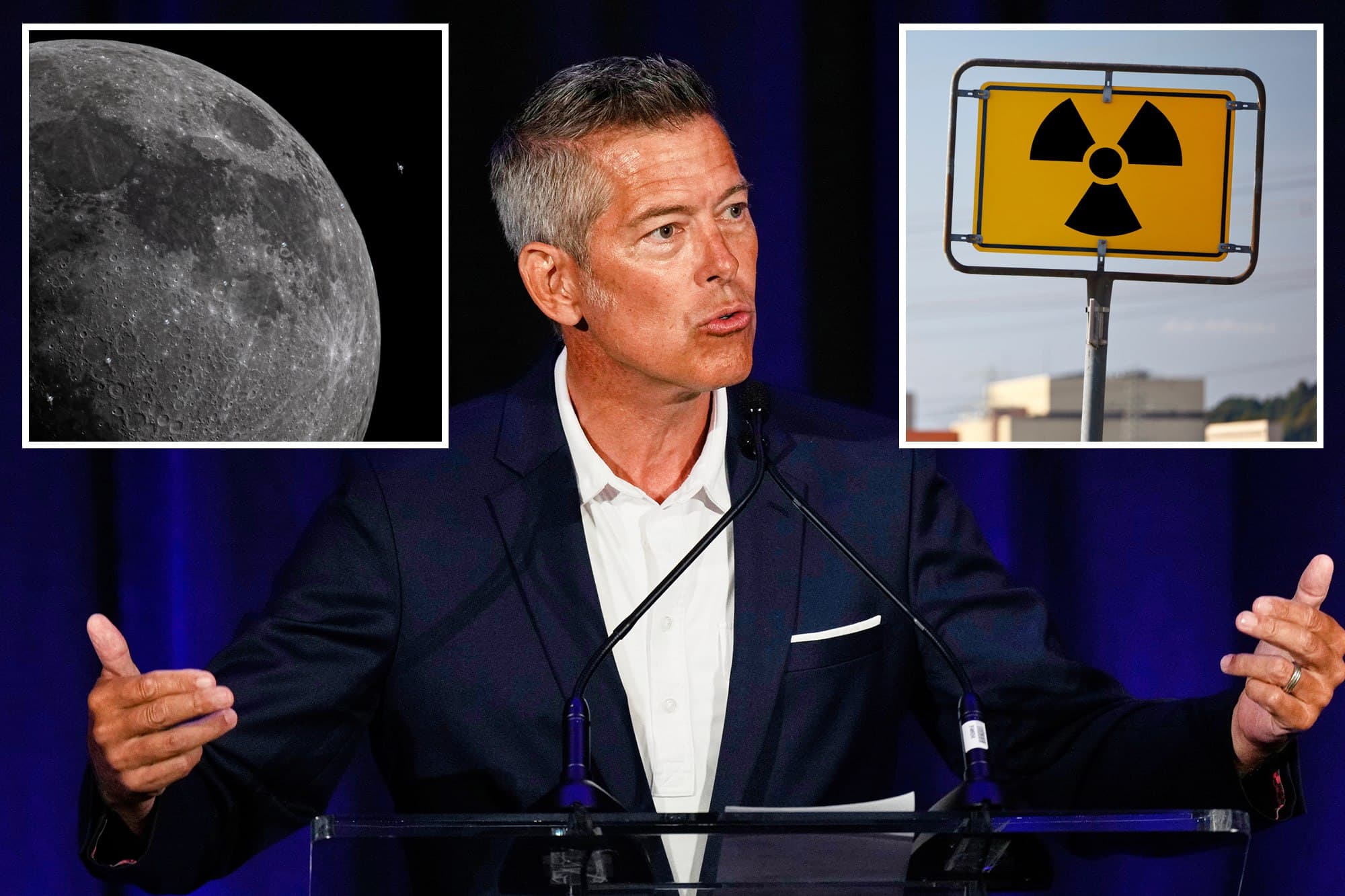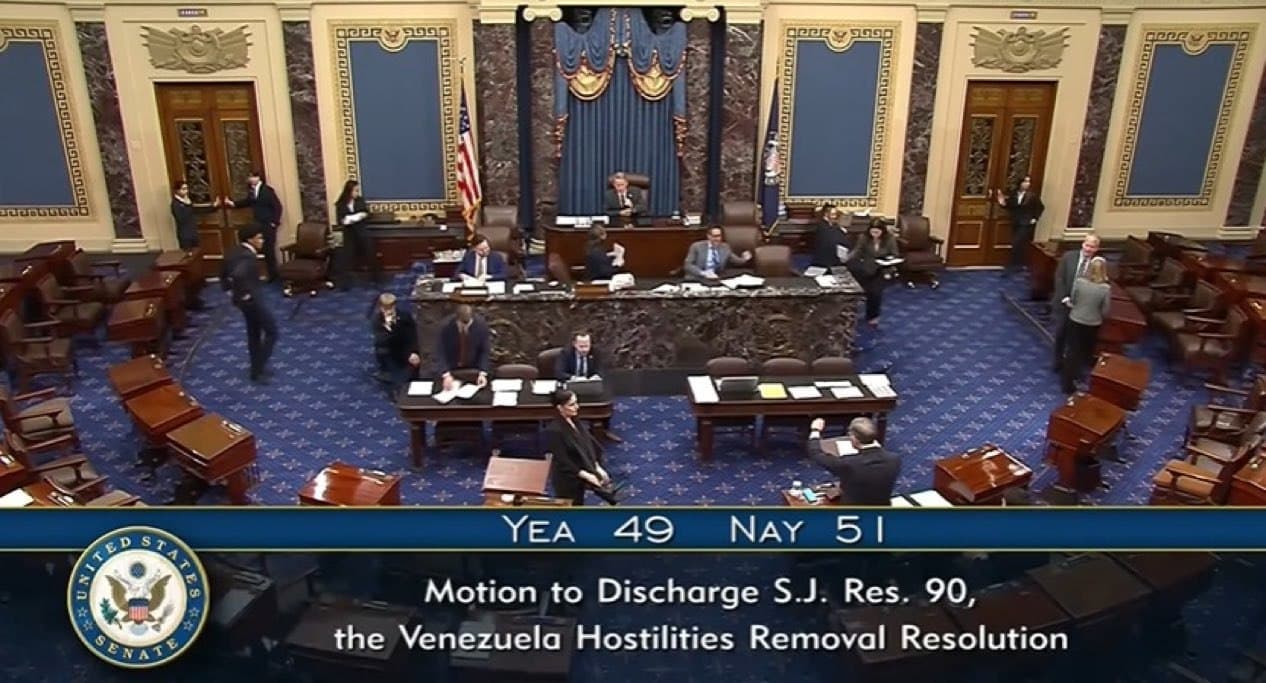NASA Plans 100-Kilowatt Nuclear Reactor on Moon by 2030 to Secure Space Dominance
In a bold move aimed at cementing U.S. leadership in the final frontier, Acting NASA Administrator Sean Duffy, who also serves as the Transportation Minister, is set to unveil plans for the construction of a nuclear reactor on the Moon. This ambitious initiative, which aims to ensure American supremacy in space, is expected to be formally announced in the coming days.
Background & Context
The proposed nuclear reactor, designed to generate 100 kilowatts of power, represents a significant escalation in the United States" space ambitions. According to internal documents obtained by Politico, Duffy has directed NASA to expedite the development of this reactor, which is now slated for launch by 2030. This timeline is notably more aggressive than previous NASA plans, which anticipated the deployment of a 40-kilowatt reactor by the early 2030s.
The urgency of this project is underscored by the geopolitical context surrounding space exploration. With China planning to land its first astronaut on the Moon by 2030, the race for lunar dominance is heating up. The documents suggest that the first nation to establish a functioning nuclear reactor on the Moon could declare a no-fly zone, significantly deterring the United States and altering the balance of power in space.
Key Developments
The push for a nuclear reactor aligns with broader U.S. objectives in space exploration and resource utilization. Duffy emphasized the importance of this project, stating, “It’s about winning the second space race,” a sentiment echoed by senior NASA officials who view the reactor as a critical asset in maintaining U.S. influence in lunar activities.
NASA is currently seeking partnerships with private companies capable of launching the reactor by the targeted 2030 date. This collaborative approach reflects a growing trend in space exploration, where public-private partnerships are becoming essential for advancing ambitious projects. The reactor is expected to facilitate a range of activities on the Moon, including scientific research, resource extraction, and potentially supporting human habitation.
Broader Impact
The establishment of a nuclear reactor on the Moon could have far-reaching implications for international relations and space law. Experts suggest that the ability to generate significant power on the lunar surface may pave the way for sustained human presence, thereby intensifying competition among nations. The notion of a no-fly zone raises questions about the militarization of space and the need for new agreements governing the use of extraterrestrial resources.
This initiative also mirrors recent developments in other sectors of global politics, such as the Kremlin"s cautious response to U.S. military maneuvers, including nuclear submarine redeployments amid rising tensions. As previously reported, such actions reflect a broader trend of nations reassessing their defense strategies in light of evolving geopolitical landscapes.
What"s Next
Looking ahead, NASA"s plans for the lunar nuclear reactor are just one piece of a larger puzzle. By 2030, the agency also aims to launch a new permanent space station to replace the International Space Station (ISS), further solidifying its commitment to long-term human presence in low Earth orbit and beyond.
As the clock ticks down to 2030, the stakes are high for the United States to not only complete the reactor but also to maintain its leadership position in space exploration. The implications of these developments will likely reverberate across various sectors, influencing everything from international relations to technological innovation.
With significant milestones on the horizon, the global community will be watching closely as NASA embarks on this ambitious journey to the Moon.




![[Video] Kazakh President Tokayev calls Trump 'great statesman sent by heaven'](/_next/image?url=%2Fapi%2Fimage%2Fthumbnails%2Fthumbnail-1762509648908-78r08-thumbnail.jpg&w=3840&q=75)

![[Video] Iranian President warns of water rationing and evacuation in Tehran if no rain](/_next/image?url=%2Fapi%2Fimage%2Fthumbnails%2Fthumbnail-1762512055822-2ykfks-thumbnail.jpg&w=3840&q=75)